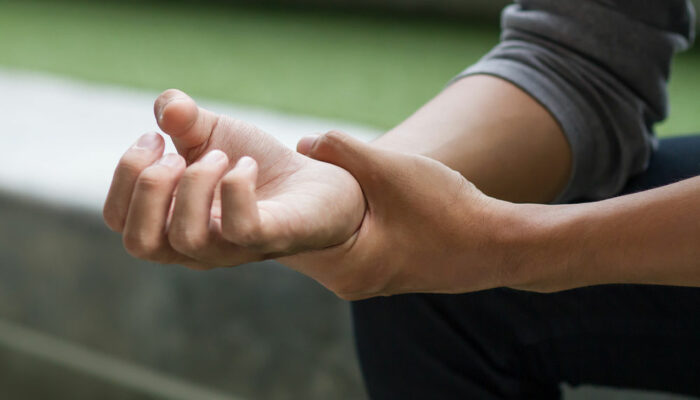Overactive bladder – Causes, symptoms, and management

Overactive bladder, or OAB, is a group of symptoms that affect bladder control. It is known to be one of the most common urologic conditions. Yet, a lot of people are reluctant to seek treatment. This usually happens when a person feels embarrassed to discuss the symptoms with a doctor. However, it is crucial to treat OAB on time to prevent further complications. Here are some common causes, symptoms, and management options for OAB.
Causes of OAB
An overactive bladder is often caused by certain pre-existing conditions and injuries to the detrusor muscle. These are a group of smooth muscle fibers that line the wall of the bladder. Some of the conditions that cause OAB include the following.
Injury or trauma to the abdominal muscles
In certain situations, such as pregnancy and childbirth, the pelvic muscles are stretched and become weak. This causes the bladder to sag, triggering OAB symptoms.
Nerve damage
The damage or injury to nerves can occur due to pelvic or back surgery, radiation therapy, herniated discs, multiple sclerosis, Parkinson’s disease, or a stroke. This causes nerve function to malfunction, with inaccurate signals sent to the brain and bladder, resulting in involuntary pee.
Infection
Often, infections such as urinary tract infections (UTIs) can lead to irritation and inflammation of the bladder nerves, triggering OAB.
Hormonal changes
Menopause typically causes an estrogen deficiency, which impacts the bladder adversely and causes incontinence.
Symptoms of OAB
An overactive bladder can cause several symptoms. Some of the commonly observed signs of OAB include the following.
Urinary urgency
This is a sudden and uncontrollable need to pee. Once urinary urgency sets in, one needs to go to the bathroom immediately to prevent any accidents.
Frequent peeing
With OAB, one might have to go to the bathroom to pee more frequently than they usually do.
Incontinence
This symptom often occurs along with urinary urgency. One experiences unintentional and involuntary loss of urine instantly as the urgent need to pee sets in. Sometimes, a person may also leak urine before they can get to the bathroom.
Nocturia
This condition is triggered by OAB and causes a person to get up to pee several times at night.
Management options for OAB
Managing the symptoms of OAB involves several therapies and treatment options. Some of the common techniques people adopt to keep OAB symptoms under check include the following.
Therapy for bladder retraining
Maintaining regularity with bowel movements
Monitoring meals by avoiding foods that trigger OAB symptoms
Nerve stimulation procedure administered by a healthcare expert
Prescriptions recommended by primary care doctor














